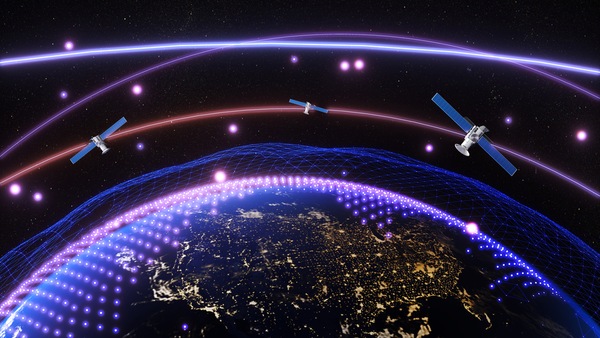
Generally, when people use the acronym “GPS," they are referring specifically to North America’s global positioning system. It is common knowledge that GPS leverages satellites in order to provide pinpoint location-based data.
GPS technology has been ingrained into the lives of everyday consumers, as they use this satellite network in order to share their locations with others or navigate to places of interest.
However, the North American global positioning system is not the only navigation technology used to source location data and other relevant information. There are several other satellite constellations that can be used to access positioning, navigation, and timing (PNT) data.
The North American GPS network and these various alternatives are all types of global navigation satellite systems (GNSSs). A few well-known GNSS constellations include Galileo, Baidu, and GLONASS.
GPS navigation companies that produce consumer-grade products for U.S. customers can source information solely from the North American global positioning system satellite constellation.
However, manufacturers that produce specialized equipment for defense and aerospace applications must source data from as many satellites as possible from within the GNSS.
GPS manufacturers that design and create products for these types of applications need to leverage multiple GNSS data sources in order to maximize the performance of the platforms that their equipment is installed in.
Otherwise, platforms, aircraft, launchers, and other equipment might not be able to function properly in GPS-denied environments.
Utilizing multiple GNSS sources is becoming increasingly important in the modern combat environment, as potential adversaries are constantly exploring ways to disrupt the function of mission-critical equipment by limiting GPS capabilities.
In the coming years, GPS navigation companies will continue to develop GNSS receivers that provide alternate position sources, such as Galileo, GLONASS, and SBAS.